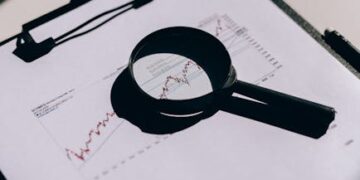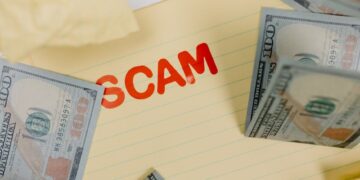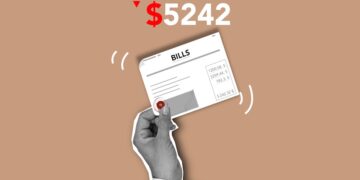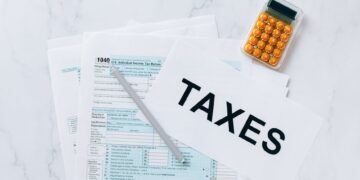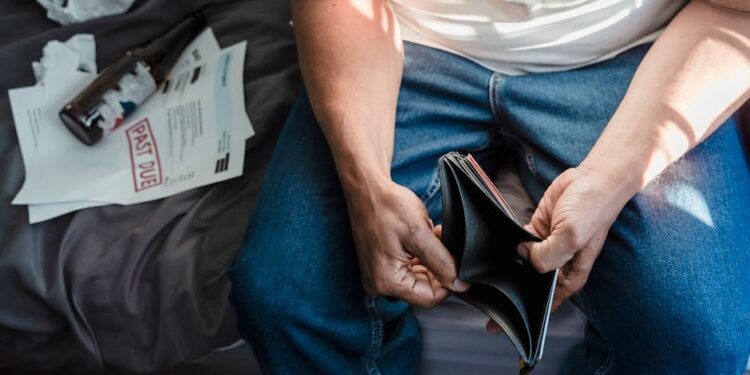Breaking the Debt Cycle: Smart Tips for Low-Income Households
For many low-income families, managing debt is not just a financial challenge; it’s a day-to-day reality that can feel overwhelmingly inescapable. However, by adopting strategic financial practices and understanding the available resources, breaking free from the debt cycle can be more than just a distant dream. This article provides actionable advice and insights tailored specifically for low-income households looking to take control of their financial futures.
Understanding the Debt Cycle
The debt cycle often begins when expenses exceed income, leading to the need for borrowing. Over time, the cost of servicing debt—paying interest and fees—can consume a large portion of income, limiting the ability to pay down the principal balance. This cycle can be exacerbated by unexpected financial setbacks like medical emergencies or unemployment.
Assessing Your Financial Situation
The first step in breaking the debt cycle is accurately assessing your financial situation. This involves:
- Listing all sources of income and all monthly expenses.
- Identifying high-interest debt, such as credit card balances and payday loans.
- Understanding your credit score, as it affects the terms of any potential consolidation loans or new credit lines.
Practical Steps to Manage Debt
Once you have a clear picture of your financial situation, you can take practical steps to manage and eventually eliminate debt.
Create a Budget
Budgeting is crucial for low-income families aiming to break the debt cycle. By creating a realistic budget, you can prioritize expenses, cut non-essential spending, and allocate more funds toward reducing debt. Free budgeting tools online or smartphone apps can simplify this process.
Reducing Expenses
Look for ways to reduce your monthly expenses. This might mean downsizing to a smaller home, cutting back on dining out, or using public transportation instead of owning a car. Every dollar saved can be redirected towards paying off debt.
Increasing Income
While reducing expenses is one side of the coin, increasing your income is the other. Consider possibilities like working overtime, finding a second job, or exploring online freelance opportunities. Additionally, many community colleges offer certifications that can lead to better-paying jobs.
Debt Repayment Strategies
Focus on paying off high-interest debt first, as it compounds quickly. Known as the avalanche method, this strategy involves making minimum payments on all debts while putting any extra money toward the debt with the highest interest rate.
Government and Non-Profit Assistance
Several programs can help low-income families manage debt and financial stress. Be sure to research and apply for applicable government and non-profit programs.
Supplemental Income Programs
Programs like the Supplemental Nutrition Assistance Program (SNAP) can help offset food costs, while utility assistance programs can reduce monthly expenses.
Debt Counseling and Management Programs
Non-profit credit counseling agencies offer services such as debt management plans (DMPs). These plans can consolidate debts into a single monthly payment with reduced interest rates and fees.
Long-Term Financial Health
Breaking out of the debt cycle is just the beginning. Long-term financial health requires ongoing discipline and education.
Building an Emergency Fund
Once debt is under control, start building an emergency fund to cover unexpected expenses. Aim for a fund that covers at least three to six months of living expenses. This can prevent the need for future borrowing in the event of financial unforeseen events.
Financial Education
Continual financial education is vital. Many community organizations and financial institutions offer free workshops on topics ranging from basic budgeting to investing. Online resources can also provide valuable information.
Conclusion
Breaking the debt cycle is a formidable challenge, particularly for low-income households. However, with the right strategies and supports, it is entirely achievable. By assessing your financial situation, making informed decisions, and seeking appropriate assistance, you can take significant strides toward financial stability and freedom.
Remember, every step you take toward paying off your debts and understanding your finances not only improves your current financial condition but also secures a more stable and prosperous future for you and your family.
Empower yourself by utilizing these strategies and resources to break the cycle of debt and achieve the financial independence you deserve.











